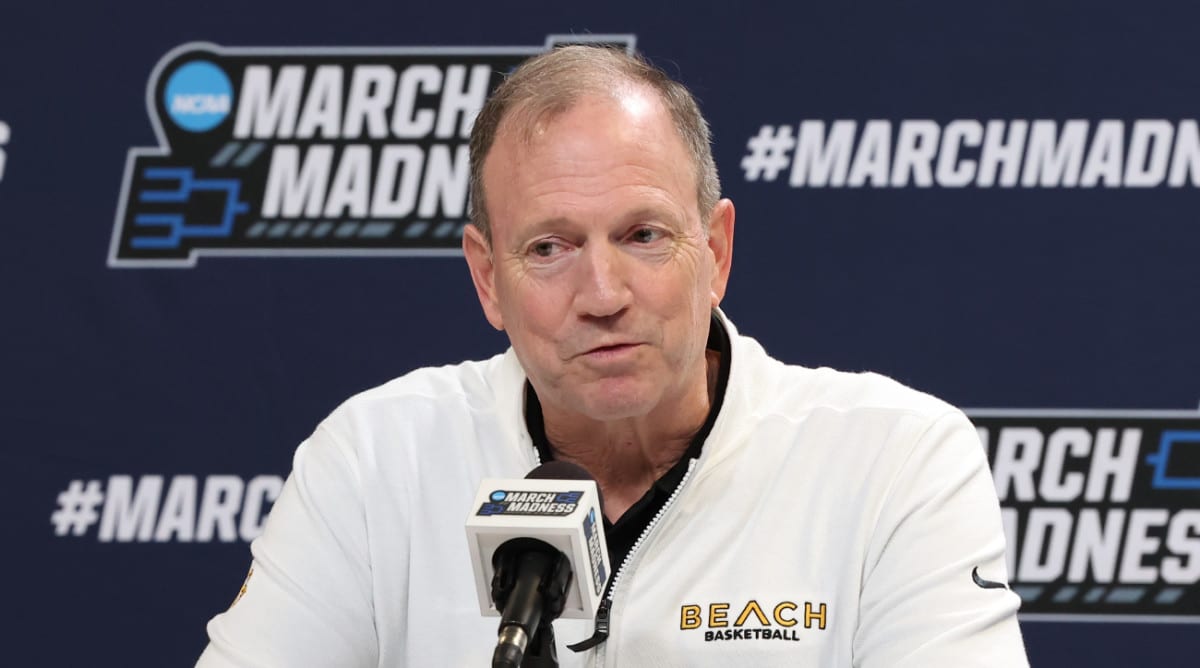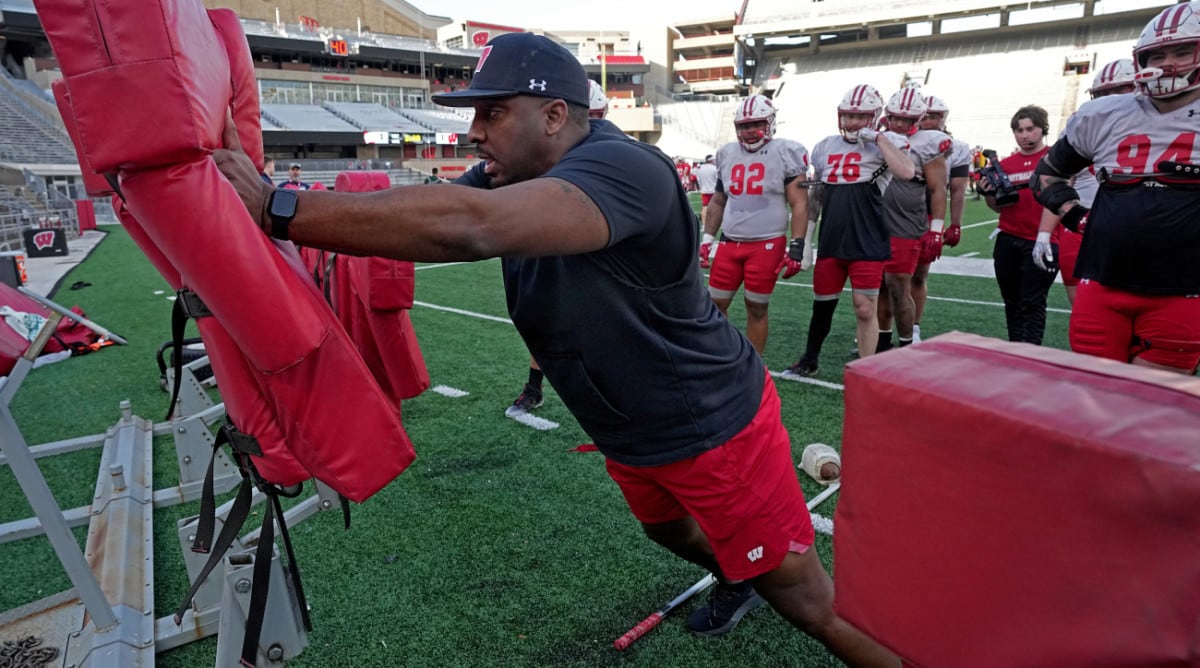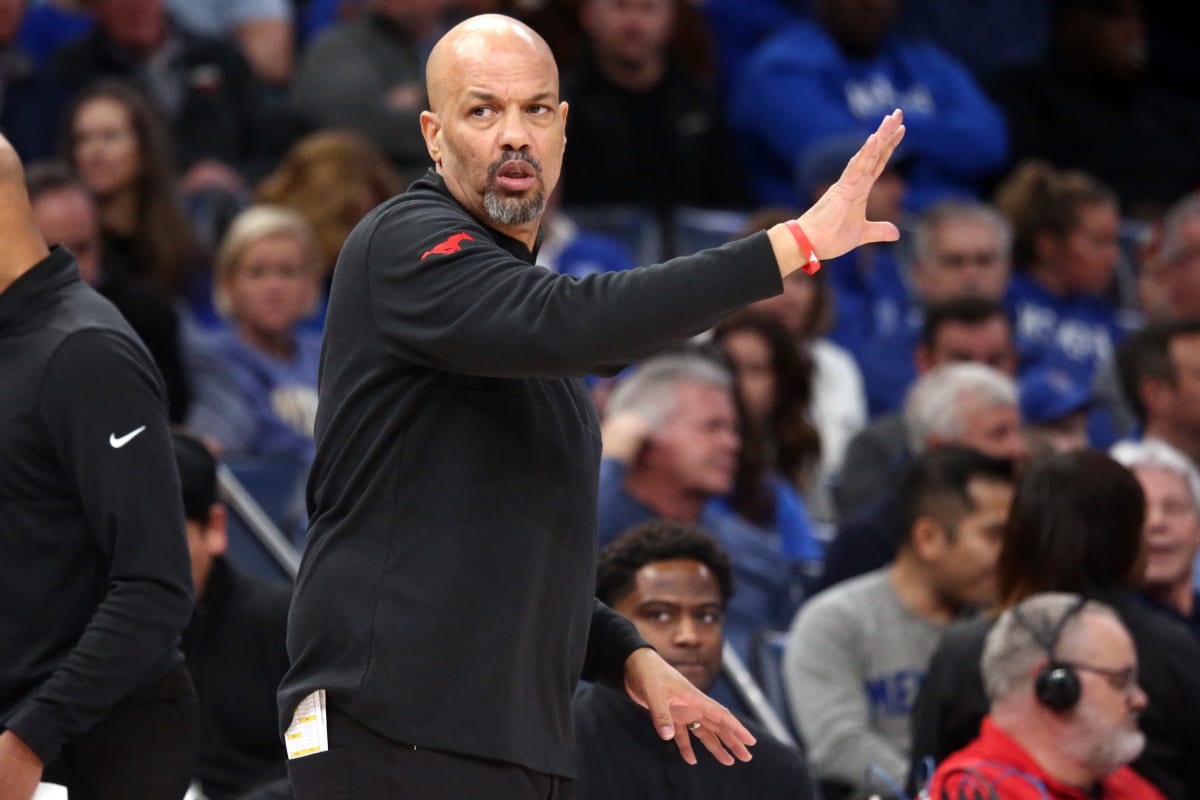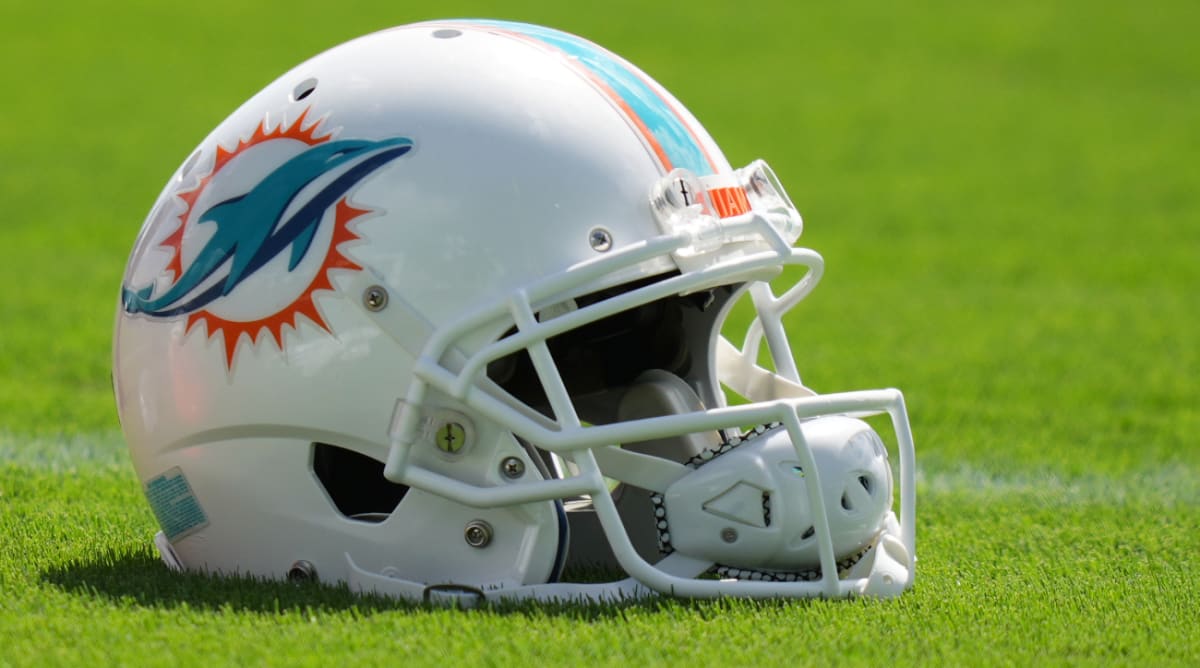MEMPHIS, Tenn. — Simmons Bank Liberty Stadium — otherwise known as the Liberty Bowl — is planning to get a modern new look with a major renovation in the next three years, the University of Memphis announced Thursday.
University officials estimated the cost at $150-200 million from a combination of public, private and philanthropic sources. U of M hopes to complete the project before the 2025 football season.
“I mean a 150 plus million into our Liberty Bowl on top of what Accelerate Memphis and the city and the mayor are doing for Liberty Park next door. I think it’s a transformation game-changer,” Councilman Frank Colvett said.
The most noticeable change in renderings of the proposed renovation is the addition of a “halo space” at the top of the bowl. According to a release from the university, renovations will include:
• A transformation of the stadium’s west side, providing several innovative premium seating
options
• Creating a hospitality experience within the halo space surrounding the stadium
• Other new seating options, such as family boxes on the north end and party deck patios for
students on the south end
• A potential repurpose and retrofit of the east side suite tower.


The U of M has been studying options for football stadiums, including the construction of a new stadium, for the Memphis Tigers football team over the past few months.
The conclusion of those studies by architecture firm Populous was that renovation of the current off-campus stadium at the old Fairgrounds was the best option.
The new Simmons Bank Liberty Stadium would have a projected capacity above 50,000, U of M said. The Tigers can continue to play in the stadium during renovations.
The stadium was originally built in the early 1960s but has undergone upgrades and renovations since then. It is surrounded by Liberty Park, a multi-million dollar sports and mixed-use development spearheaded by the city.
According to a University of Memphis press release, the goal is to modernize and revitalize the existing structure.
“I think it’s a wise investment. I’m all for it. Anything that will create more opportunities in our city, for our county, and for our metro area. We have a lot of fans with the University of Memphis and it’s long overdue for an upgrade of the stadium,” Rep. Antonio Parkinson said.
Both Colvett and Parkinson say they’re not opposed to asking the state of Tennessee to chip in for some financial support for the stadium renovations, just as it’s done for stadium projects in Nashville.
Last year, the University of Memphis was named an R1 research institution, putting it in the top tier of research universities nationally.






























